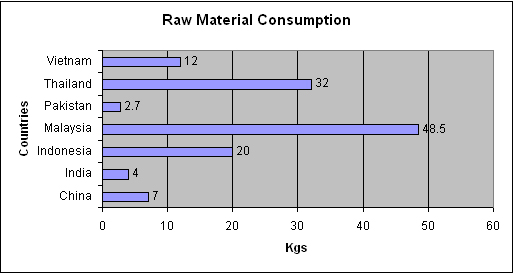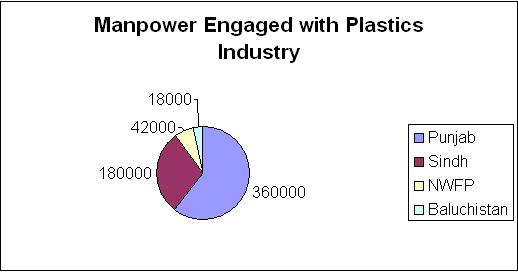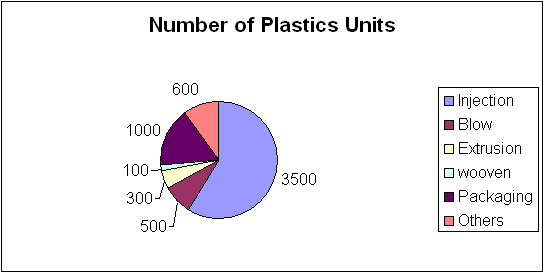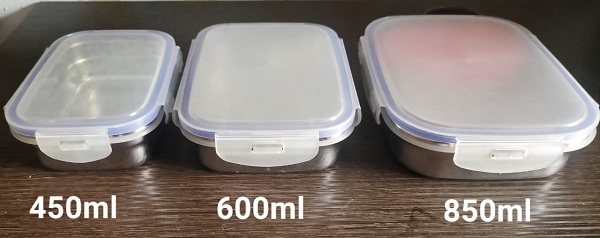|
|
|
|
 |
 An Overview of Pakistan's Plastics Industry An Overview of Pakistan's Plastics Industry |
|
 |
|
| |
|
Plastics industry in Pakistan is one of the oldest in the
country and its existence can be traced out even
in the year 1947 when Pakistan came into being.
Obviously, at that time, the industry was ill-organised
and progressed in a haphazard manner producing
low quality toys and household utensils on hand
molding machines. Whatever the quantity of those
machines was, they were small in number and all
set in Lahore, an important commercial centre
of Punjab till date. The period from 1965-1975
was notably the turning point, where the use of
plastics was seen rising to a leading force in
the country, with a sizeable base.
The plastics industry in Pakistan has taken great
strides in quest for its success. Today plastics
material constitutes as the fourth largest item
of imports and this sector alone contributes significantly
to the national exchequer in different heads.
The industry is growing at an annual average of
15% and in the process of development it has surpassed
all other industrial sectors. The per capita consumption
in the country has also shown an upward trend
during the last 15 years [except post 9/11 events
and standoff with India]. Today the domestic consumption
of plastics stands at 2.7 kgs, far less than the
international average, yet Pakistan is the second
largest domestic market in South East Asia after
India. With the 175 million strong population
of Pakistan growing at an annual rate of 2.2%,
coupled with new foreign and local investment
and the government policy advocating use of PP
woven bags for industrial packaging, it is expected
that the per capita consumption of plastics is
like to increase to 4.0 kgs by 2007. Till the
early years of 1990s, the customs duty on plastics
raw material was on unrealistically higher side
of about 110 % which has been gradually brought
down to the current level of 20%.
|
 |
There is a tremendous scope for expansion in the
plastics sector. As mentioned above the per capita
consumption of plastics as compared with the neighboring
and other regional countries, is still low, but
again this low consumption level indicates that
there is a lot of potential for this industry. For
instance, the usage of plastics in auto industry
has reversed the consumption trend. With due attention
to enhance the productivity and improving quality
through innovative technique, the exports of plastics
auto parts, which was virtually unheard of in recent
years, has become an export industry in Pakistan.
Undeniably, had it not been for the import of
second hand machinery and cheap labour, the plastics
industry in Pakistan would have long vanished.
Ironically, the second biggest factor that hampered
the development of local plastics industry was
a ban on import of brand new plastic machines.
The government imposed the ban on plastics machinery
for the reason that all of the raw material used
for manufacturing of plastics goods was imported
and the machinery may be misused. After long year,
the plastics manufacturers succeeded in convincing
the government that the plastics machines can
manufacture plastics goods and nothing else, and
hence the possibility of their being misused for
purpose other than the plastics manufacturing
is minimal. Other reason for the slow growth of
this industry was the NRI (Non Refundable Item)
policy (imposed by the government) on plastics
machinery, at a time when no injection molding
plastics machine was being produce domestically.
The ban on new plastics machines was lifted in
1984, but very few new machines of modern technology
made their way into Pakistan by way of imports
during the next 10 years. However, since then,
the industry has taken giant steps in bringing
the quality of local products at par with the
international standards.
|

|
Presently there are 6000 plastics
processors in Pakistan. The entire industry is self-financed
and SME. The industry contributes around Rupees
8 billion annually to the national exchequer by
way of custom duty, sales tax and income tax. Major
concentration of plastics processors whether they
are injection, blow, extrusion, woven or tubular
films manufacturers, is in and around the industrial
hubs of Karachi, Lahore, Gujranwala, Peshawar, Faisalabad,
Hyderabad , Rawalpindi, Gadoon and Hattar.
|
 |
The industry can be divided into two sector i.e
organized and unorganized. Organized sector, with
about 600-650 units, is capable of producing quality
about 600-700 units, is capable of producing quality
products. The unorganized sector produces low quality
and cheap products. Despite this, the unorganized
sector has grown faster than the organized sector
in the past15 years.
|
 |
Currently there are four plants in Pakistan producing
international quality plastics raw material. Surplus
production of these plants in being exported. All
of them are located within the limits of Karachi.
Concept of international plastics exhibitions
in Pakistan is relatively new. The first plastics
exhibition was held last year May. With more exhibitors
coming to Pakistan in a second plastics exhibition
within a year, the plastics industry in Pakistan
surely has a lot to show and gain from the international
plastics players. |
Vital Signs |
| Major Raw Material Producers (operating) |
4 |
| Processing Units |
6,000 |
| Employment Direct / Indirect |
470,000 |
| Investments (domestic) |
Rs. 23.671 Bn |
| Investment (foreign) |
Investment (foreign) |
49% |
| Capacity Utilization |
95.4% |
| Raw Material Produced (approx) |
253,000 (metric tons) |
| Raw Material Consumed |
450,000 (metric tons) |
| Export value (approx) |
Rs.56,369,000 |
| Export Growth |
35% average |
| Revenue to Government (approx) |
Rs.800 crores (Rs.8 bln) |
| Contribution to Total Exports |
0.277% |
Demand Estimates For Machinery
| Injection Molding |
250-500 |
| Blow Molding |
350-500 |
| Extrusion |
1000 |
Please
click here to express your feedback/queries
(Contributed by Fayyaz A. Chaudhry-
Secretary of Pakistan Plastics Manufacturers Association)
Previous Article
Next Article
Tell Us What You Want

Unused tiffin, lunch box moulds
| | | | | | | | |
